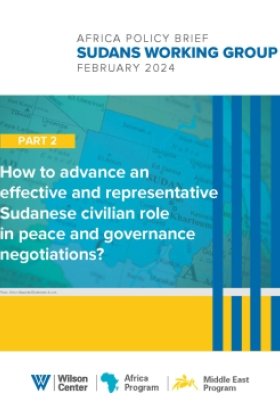Mission Creep in Iraq – By Email
“As the U.S. nears 100 airstrikes, it’s still unclear how far Washington is prepared to go to deal with those threats or what its long-term strategy may be… there’s certainly very little guidance in those CENTCOM emails about how much difference these U.S. airstrikes are making,” writes Robin Wright.
The U.S. is nearing the 100th airstrike on Islamic State targets in Iraq. But so far, this is the quietest of the American interventions in Iraq over the past quarter century. Far from the shock-and-awe hoopla, the world is now learning about new U.S. bombings—and a gradually widening mission–by terse email. No big roll-out briefings by top Pentagon brass, as under the past three presidents. Few flashy videos of explosions to impress with success.
It’s almost as if Washington is trying to contain information while it decides on the future scope of engagement and simultaneously tries to contains the expansion of the Islamic State.
Since Aug. 8, the daily routine is an emailed press release from U.S. Central Command, headquartered in Tampa, Fla., to the Pentagon press corps. It’s then passed on, with no additional information, from the White House and State Department, to their press corps. Each usually notes four things, briefly.
The five-sentence email Saturday was typically low-key. It cited the vague target (an unspecified vehicle) in a vague location (the vicinity of the Mosul Dam), a broad justification (supporting Iraqi and Kurdish security forces and U.S. personnel, plus humanitarian efforts) and the status of U.S. warplanes (safe).
At the end, the communique noted that the U.S. has conducted 94 airstrikes, with 61 of them in the area around the Mosul Dam. CENTCOM’s Sunday update brought the total to 96 airstrikes. That’s the news—and a reflection of the understatement of America’s involvement.
So, in fact, the U.S. intervention is no longer about the plight of the stranded Yazidis, which is what launched America’s re-engagement in Iraq. And it’s not really about protecting American personnel in Irbil, Kurdistan’s capital. U.S. bombers are going directly after the Islamic State in the territory it now claims in its illusionary Caliphate.
In his press comments on the Islamic State last Wednesday, President Barack Obama sketched a dark evil carried out by barbarian thugs . “They have rampaged across cities and villages — killing innocent, unarmed civilians in cowardly acts of violence. They abduct women and children and subject them to torture and rape and slavery,” he said. “They have murdered Muslims, both Sunni and Shia, by the thousands. They target Christians and religious minorities, driving them from their homes, murdering them when they can, for no other reason than they practice a different religion.”
Yet, as the U.S. nears 100 airstrikes, it’s still unclear how far Washington is prepared to go to deal with those threats or what its long-term strategy may be. Perhaps the Obama administration is waiting to see if the Iraqis can get their political act together in a way that could lure Sunnis back into the fold of a single state. But there’s certainly very little guidance in those CENTCOM emails about how much difference these U.S. airstrikes are making
This article was originally published in The Wall Street Journal.
About the Author

Robin Wright
Author and columnist for The New Yorker

Middle East Program
The Wilson Center’s Middle East Program serves as a crucial resource for the policymaking community and beyond, providing analyses and research that helps inform US foreign policymaking, stimulates public debate, and expands knowledge about issues in the wider Middle East and North Africa (MENA) region. Read more










